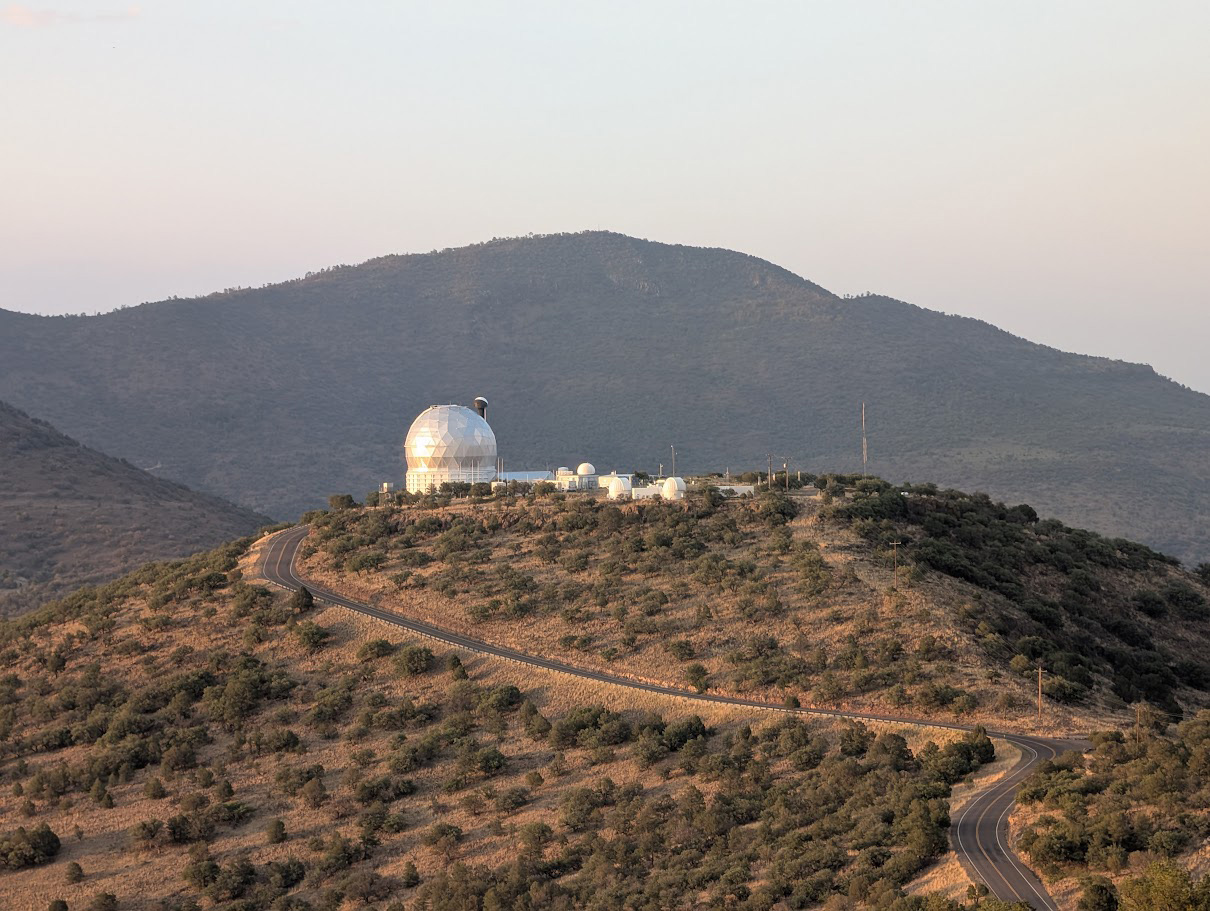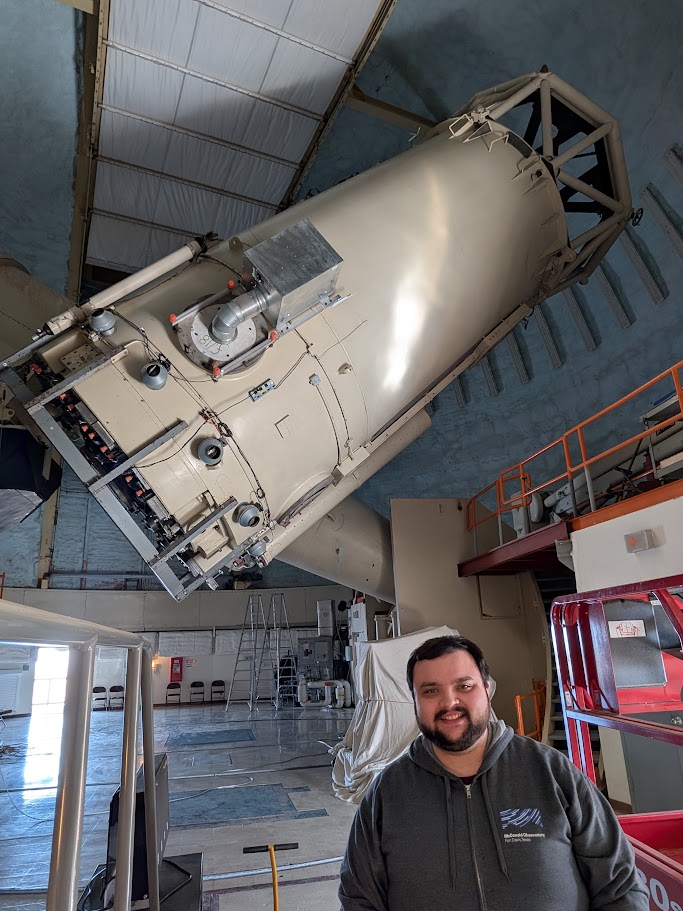
No matter our differences, humans always ask the same question: "Where do we come from?" That answer can lie in the field of stellar archaeology, which shows how the atoms in our bodies were forged in ancient stars. The field drives innovation and inspires progress — just ask physics and astronomy graduate student John Dixon.
During his first semester at Texas A&M University, Dixon participated in a research trip to the McDonald Observatory in West Texas, sparking a passion for observational astronomy that has led to groundbreaking research and selection to the National Science Foundation Graduate Research Fellowship Program (NSF GRFP). This prestigious distinction will support his graduate studies and will allow him to pursue his research.
Since then, Dixon has made five more trips to the observatory.
“Being up in the mountains and looking at the stars is incredibly inspiring,” he said. “It reminds me why I’m so passionate about astrophysics research.”

The NSF GRFP is one of the most competitive graduate fellowships in the country, providing three years of financial support — including a $37,000 annual stipend — to outstanding students in science, technology, engineering and math (STEM) fields. For researchers like Dixon, it is an affirmation of his research and validation of his contributions to the field, especially at a time when science funding is increasingly hard to come by.
Dixon studies a subfield of astronomy called stellar archaeology, which examines the history of the Milky Way by observing very old stars and analyzing traces of heavy elements that came from extreme events (like supernovae) in the early universe. As part of his GRFP-funded research, he identifies groups of stars that formed close to each other, and measures elements like lead, gold and uranium to reverse engineer where and when major events occurred in the history of our galaxy.
Dixon attributes much of his success to his mentor and faculty adviser, Dr. Jennifer Marshall.
“She has enthusiastically supported me ever since I started my Ph.D. and provided me with countless opportunities to collect data from observatories and collaborate with researchers around the world, including Dr. Terese Hansen, a former Texas A&M postdoc, whom I also consider a mentor,” he said.
Admiration is mutual.
“As an undergraduate, John began his research career in a big way, working with a leader in our field, Dr. Rana Ezzedine, while completing his undergraduate degree at the University of Florida,” Marshall said. “He has expanded his research experiment here at Texas A&M and is now a published author, which is a big accomplishment for a young graduate student.
“While he is an experienced observer at McDonald Observatory and a respected independent researcher, he also regularly and enthusiastically engages in public outreach programs to share his scientific knowledge with the public. He is an excellent representative for both the NSF GRFP and also the Avilés-Johnson Fellowship, which he was awarded upon admission to Texas A&M.”
The NSF established the Graduate Research Fellowship Program in 1952 to help ensure the vitality of the U.S. scientific workforce. Today, it remains one of the most effective tools for encouraging top undergraduate researchers to continue their work in graduate school.
